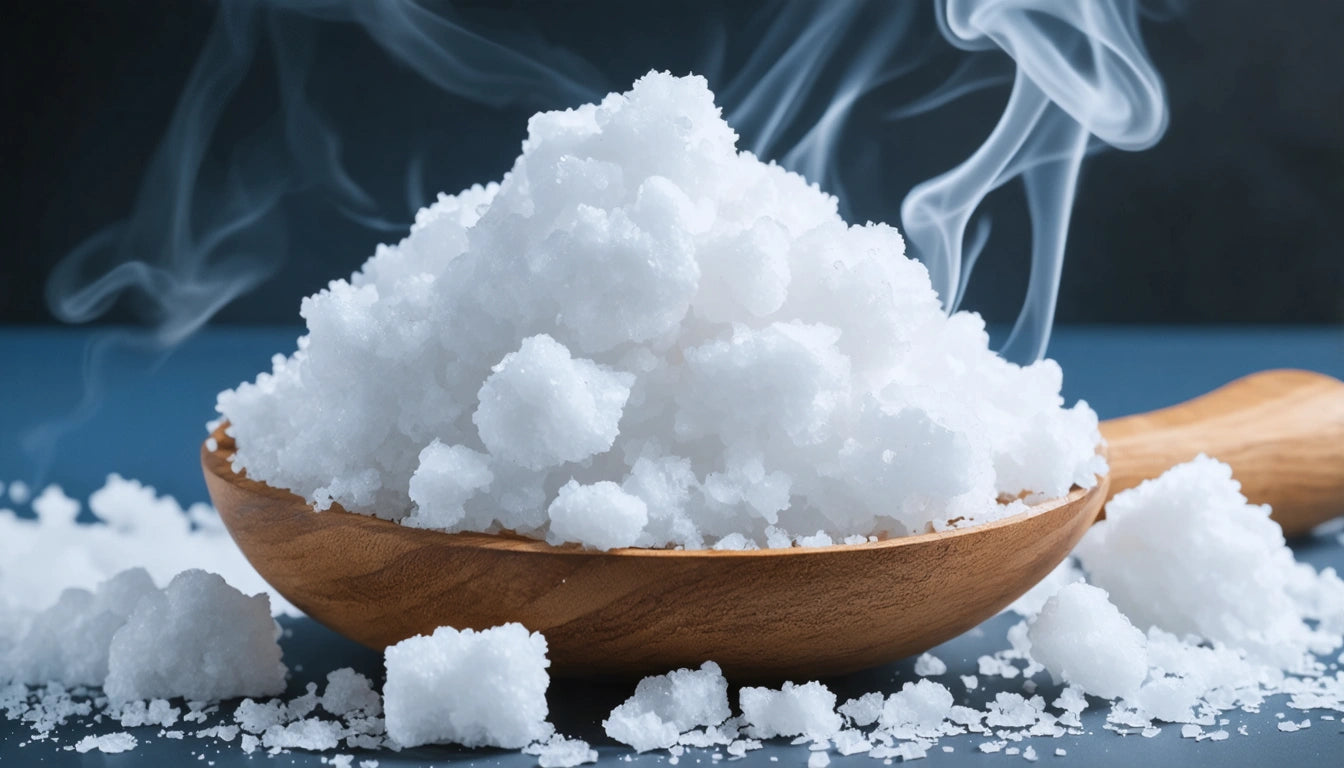Table of Contents
- What is CBN Cannabinoid: Origins and Formation
- CBN vs Other Cannabinoids: Key Differences
- Does CBN Get You High? Understanding Psychoactive Properties
- What is CBN in Edibles: Consumption Methods
- Potential Benefits and Applications of CBN
- Safety Considerations and Proper Storage
- The Future of CBN Research and Market Growth
Understanding CBN: The Cannabinoid in Cannabis and Its Effects
Cannabinol (CBN) is one of the lesser-known cannabinoids found in the cannabis plant, yet it's gaining attention for its unique properties and potential benefits. Unlike more prominent compounds such as THC and CBD, CBN occurs naturally as cannabis ages, making it somewhat distinct in its formation and effects.
What is CBN Cannabinoid: Origins and Formation
CBN is a non-enzymatic cannabinoid that forms primarily through the oxidation and degradation of THC. When cannabis is exposed to oxygen, heat, or light over time, THC gradually converts to CBN. This means that older cannabis typically contains higher concentrations of CBN than fresh material.
According to research on marijuana composition, CBN was actually the first cannabinoid to be isolated from cannabis in the late 1800s, well before the discovery of THC or CBD. Despite this early identification, it has remained relatively understudied until recent years.
CBN vs Other Cannabinoids: Key Differences
Understanding what CBN is in cannabis requires comparing it to other cannabinoids:
- CBN vs THC: While derived from THC, CBN has significantly less psychoactive potency (approximately 10% of THC's psychoactive strength).
- CBN vs CBD: Unlike CBD, which is present in fresh cannabis, CBN increases as cannabis ages. CBD also has different receptor interactions in the body.
- CBN vs CBG: CBG is considered a "parent" cannabinoid that forms early in the plant's growth cycle, while CBN appears later through degradation.
For a deeper comparison, this resource on CBG, CBN, and CBGA differences provides valuable insights into how these compounds interact with the human body.
Does CBN Get You High? Understanding Psychoactive Properties
A common question about CBN is whether it produces intoxicating effects. The answer is nuanced: CBN does have mild psychoactive properties, but they're significantly weaker than THC. Most users report that CBN alone doesn't produce a traditional "high" but may cause mild sedation or relaxation.
However, research suggests that CBN may enhance the effects of THC when both are present, a phenomenon known as the "entourage effect." This interaction might explain why some aged cannabis, rich in both compounds, can produce different subjective effects than fresh material.
What is CBN in Edibles: Consumption Methods
CBN can be consumed in various forms, with edibles becoming increasingly popular. When asking what CBN is in edibles, it's important to understand that these products typically contain extracted or concentrated CBN incorporated into food items.
Common CBN consumption methods include:
- Tinctures and oils (sublingual application)
- Edibles (gummies, chocolates, baked goods)
- Capsules and tablets
- Vape products
- Topicals (for localized application)
For those interested in creating their own CBN-rich products, this step-by-step guide to making CBN at home provides detailed instructions on converting THC to CBN through controlled aging processes.
Potential Benefits and Applications of CBN
Research into CBN's therapeutic potential is still emerging, but several areas show promise:
- Sleep support: CBN has gained a reputation as potentially beneficial for sleep, though more research is needed to confirm these effects.
- Pain management: Some studies suggest CBN may have analgesic properties.
- Anti-inflammatory effects: Preliminary research indicates possible anti-inflammatory capabilities.
- Appetite stimulation: CBN may help stimulate appetite without significant psychoactive effects.
- Glaucoma treatment: Early studies show potential for reducing intraocular pressure.
For a comprehensive overview of cannabinoids and their potential therapeutic applications, this guide to cannabinoid types and effects provides valuable context.
Safety Considerations and Proper Storage
When using CBN products, several safety considerations are important:
- Start with low doses to assess individual response
- Consult healthcare providers, especially if taking medications
- Purchase from reputable sources with third-party testing
- Store in cool, dark places to prevent further degradation
- Keep products in appropriate child-resistant packaging to prevent accidental ingestion by minors
The importance of proper packaging cannot be overstated, particularly for edible CBN products that might be attractive to children. Safety regulations require special packaging designed to be difficult for children to open while remaining accessible for adults.
The Future of CBN Research and Market Growth
As interest in minor cannabinoids grows, CBN is positioned to become more prominent in both research and commercial applications. Scientists are exploring its potential synergies with other cannabis compounds, while manufacturers are developing more targeted CBN formulations.
The market for CBN products is expected to expand as consumers become more educated about cannabis plant basics and its components. This growth will likely drive further research into optimal dosing, delivery methods, and specific applications for this intriguing cannabinoid.
As regulatory frameworks evolve, we may see more standardized CBN products entering the market with clearer labeling and dosing guidelines, making it easier for consumers to make informed choices about incorporating this cannabinoid into their wellness routines.











Leave a comment
All comments are moderated before being published.
This site is protected by hCaptcha and the hCaptcha Privacy Policy and Terms of Service apply.